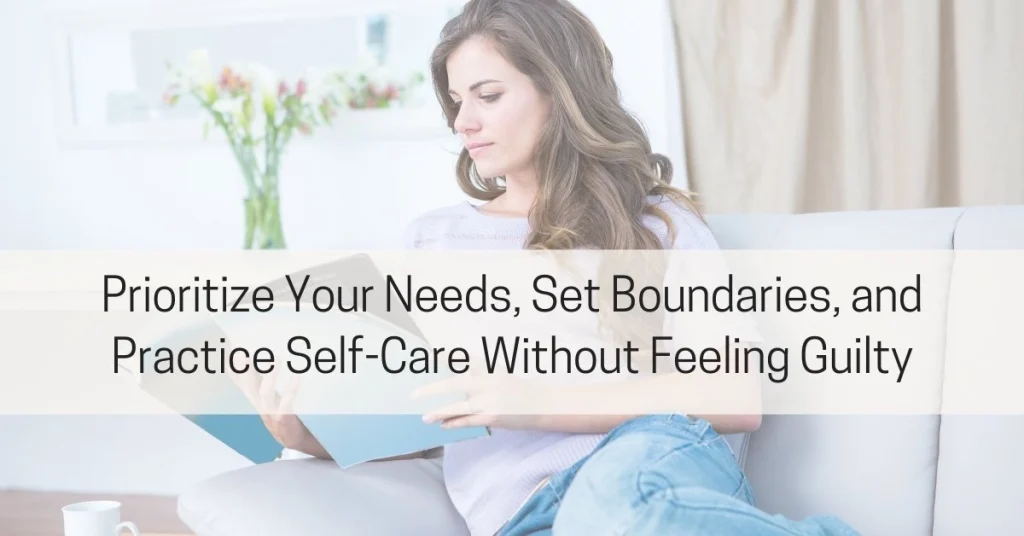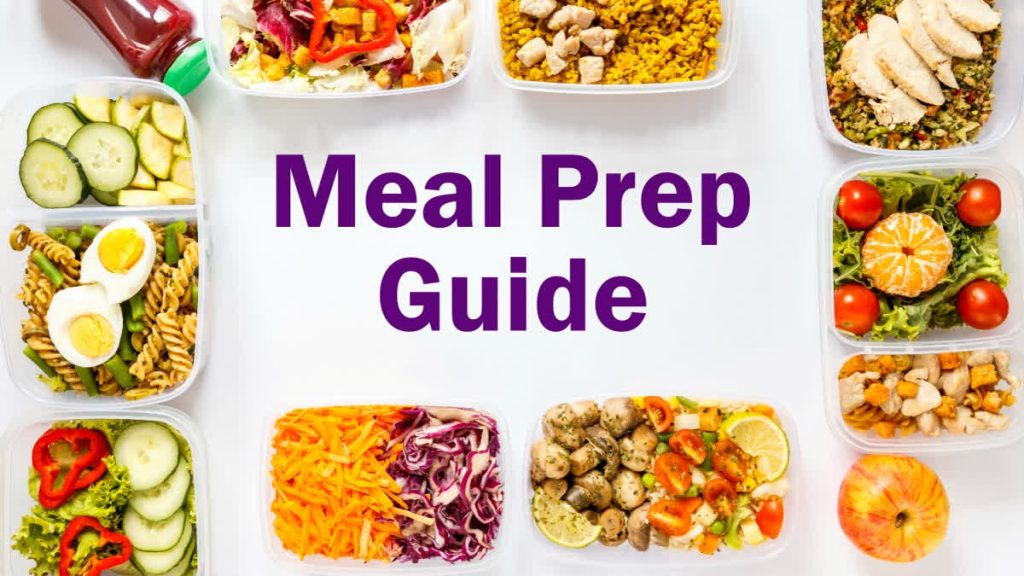
Boundary-setting is an essential relationship skill that 68% of adults struggle with, according to a 2023 psychology study. The inability to set boundaries leads to resentment, burnout, and strained relationships. This guide provides compassionate strategies for establishing limits while maintaining connection.
Why Boundaries Feel Difficult
Common underlying reasons:
- Fear of rejection or abandonment
- Confusing love with always saying yes
- Over-identification with being “the helper”
- Childhood experiences that discouraged boundary-setting
The Boundary Formula
Effective boundaries contain three elements:
- Observation: “I’ve noticed that…” (state the behavior neutrally)
- Impact: “This makes me feel…” (own your emotions)
- Request/limit: “I need…” or “Going forward, I will…”
Common Boundary Scenarios
With family: “I love spending time together, but I need advance notice for visits. Last-minute plans make me feel stressed. Please text me at least two days before coming over.”
At work: “I want to do my best work, which means I need to disconnect after hours. I won’t be responding to emails after 6pm or on weekends unless it’s an emergency.”
With friends: “I value our friendship, but joking about my weight makes me feel uncomfortable. I’d appreciate it if we could avoid those kinds of comments.”
Managing Pushback
When others resist your boundaries:
- Stay calm and repeat your limit (broken record technique)
- Avoid over-explaining or justifying
- Recognize their discomfort is their responsibility
- Suggest alternative ways to connect
Research shows that while initial boundary-setting may cause temporary tension, relationships ultimately become healthier and more authentic. A University of Michigan study found that people who set clear boundaries experienced 32% less stress and reported higher-quality relationships.



